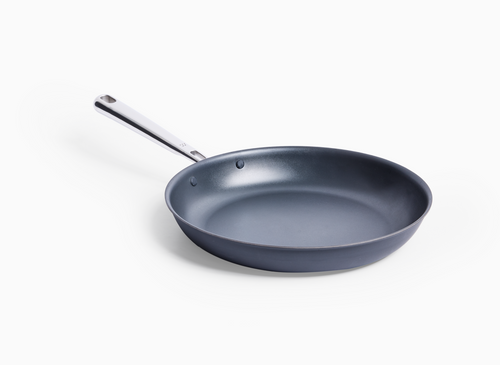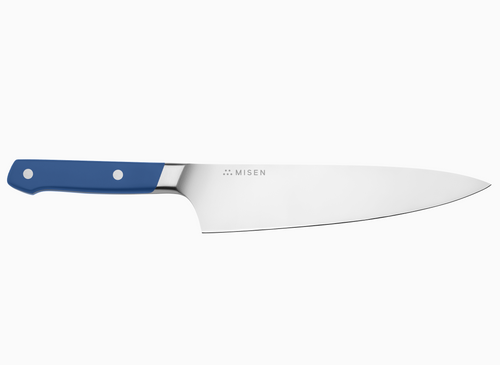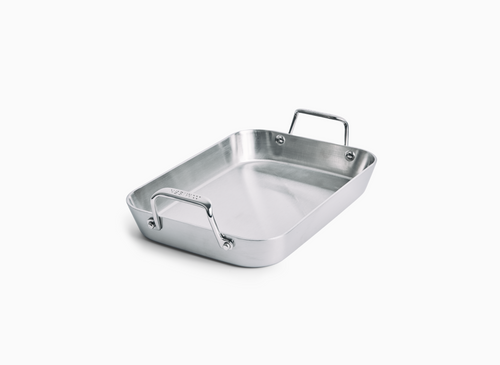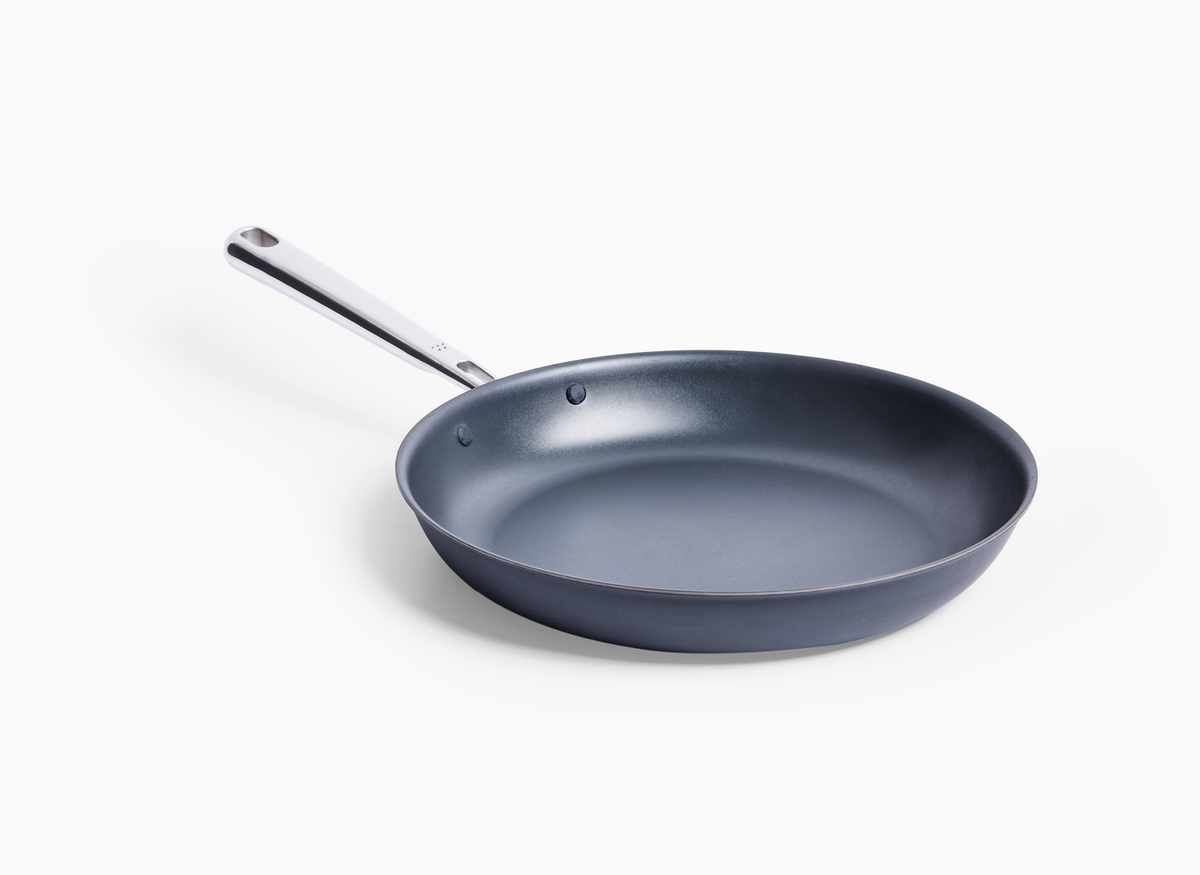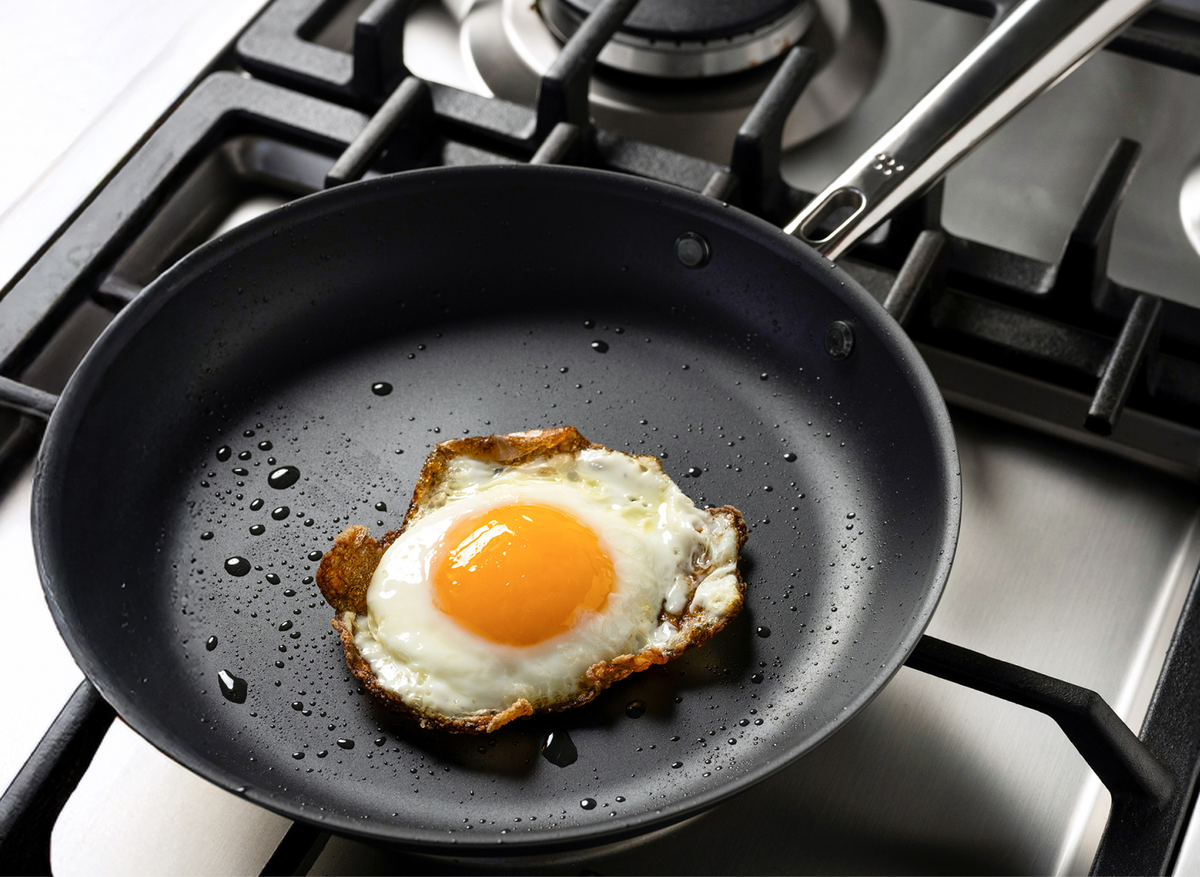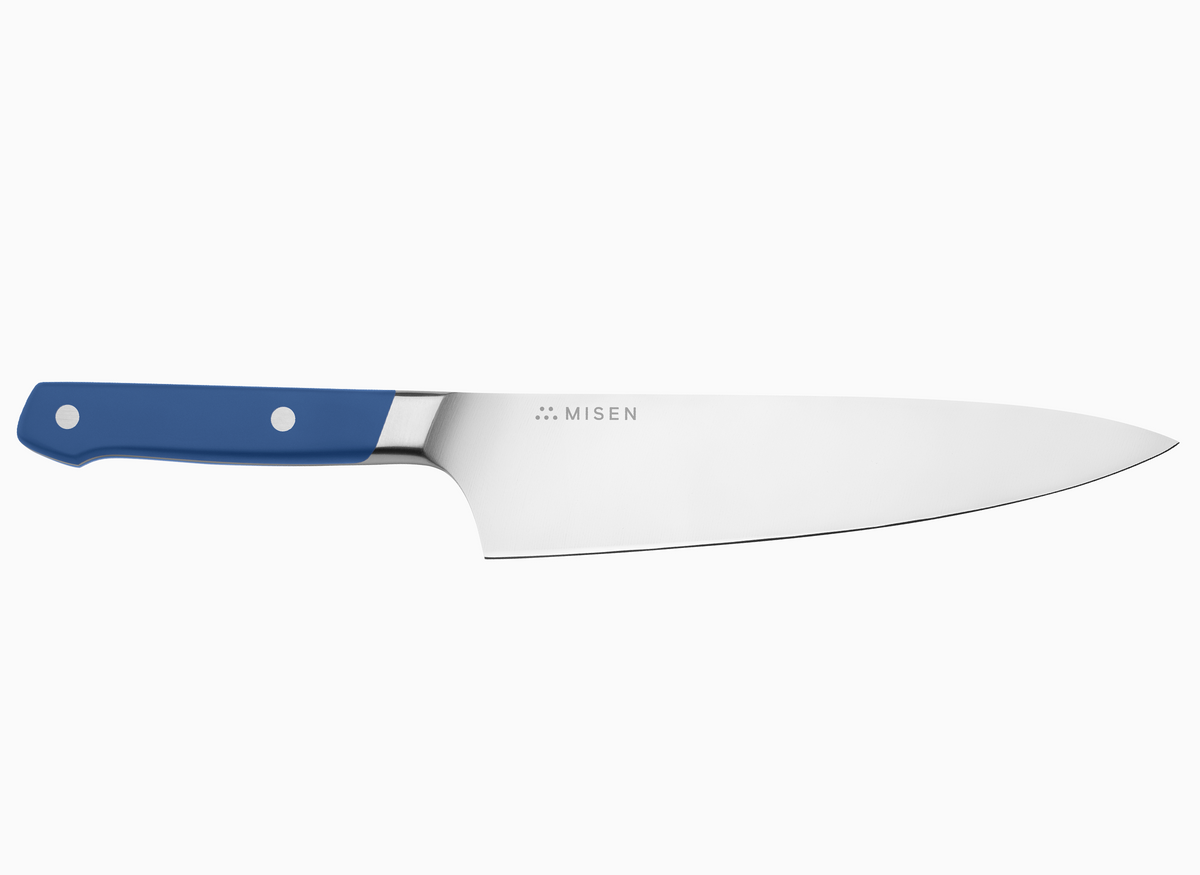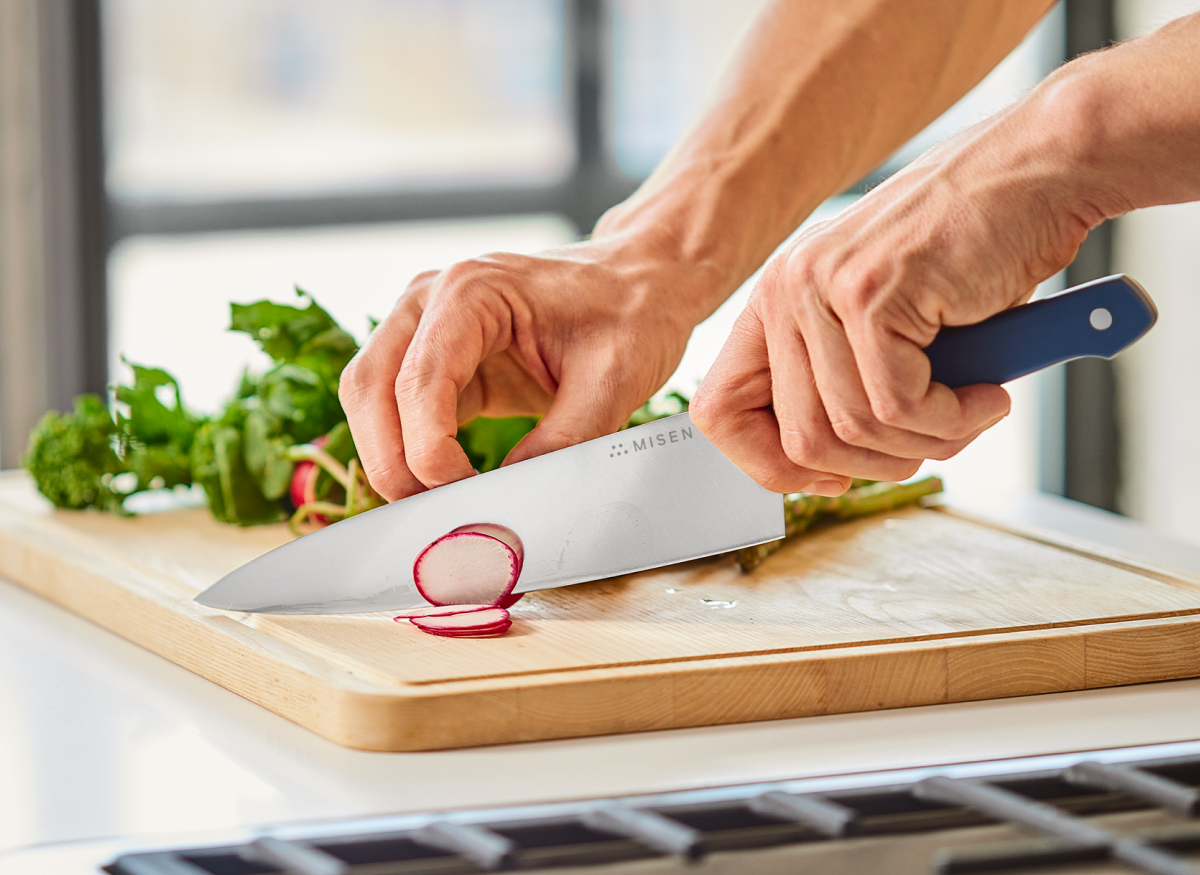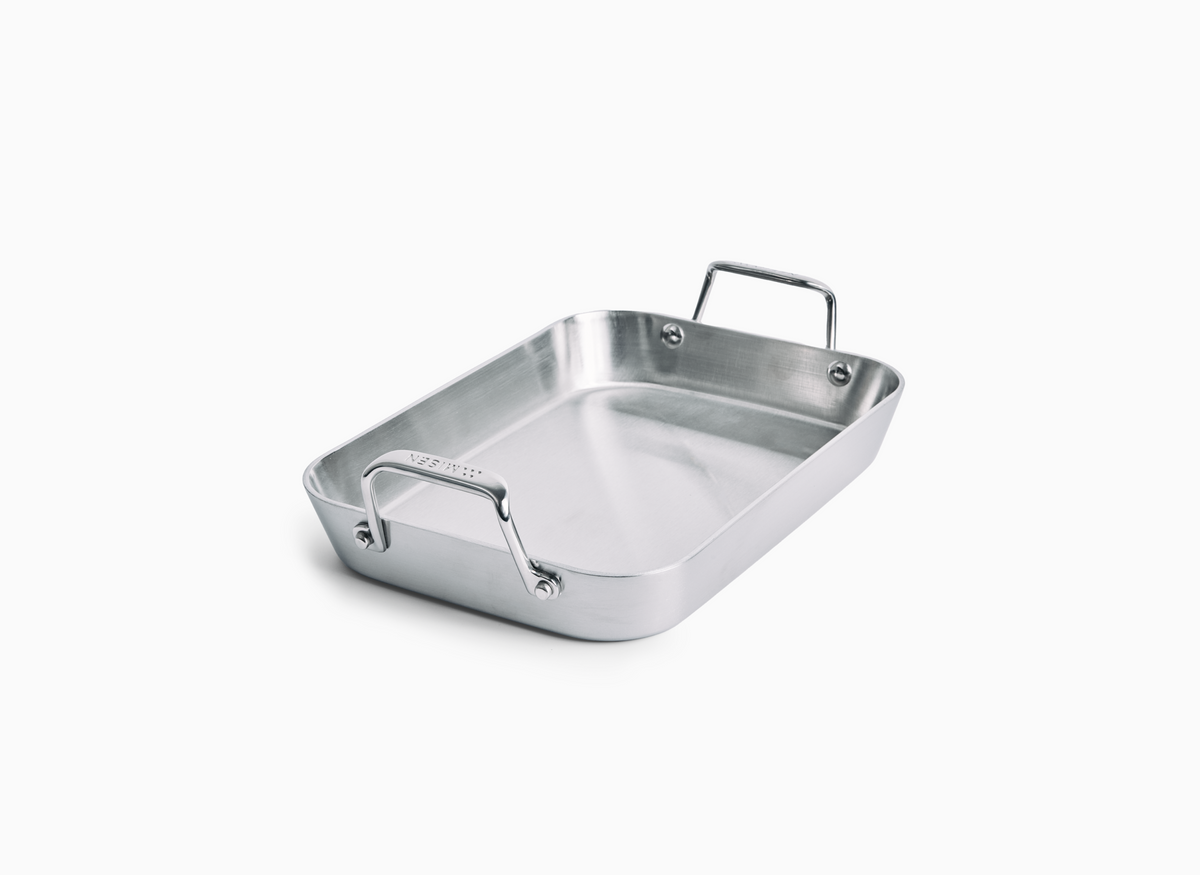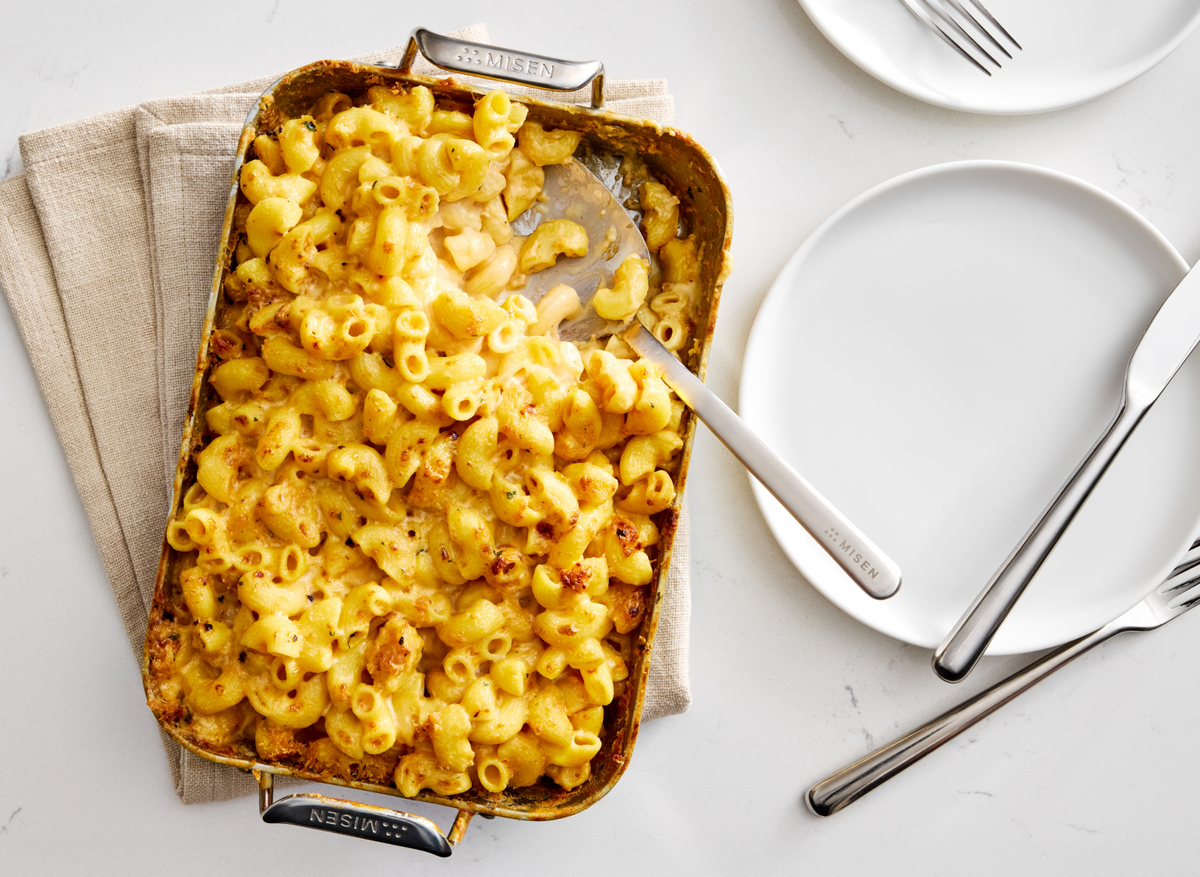Chiffonade Spinach: Speedy Prep for Salads and Smoothies

Understanding chiffonade spinach
Elegant ribbons from leafy greens offer both visual appeal and improved cooking efficiency.
Definition and Basic Concepts
Chiffonade, pronounced "shiff-oh-NOD," is a French cutting technique that creates delicate ribbons from leafy greens and herbs[1]. The term literally translates to "in rags," reflecting the final appearance of the cut produce[2]. This method serves multiple purposes beyond aesthetics – it tenderizes greens, enables quicker cooking, and enhances the release of aromatic compounds[1].
The technique is particularly well-suited for broad-leafed plants that can be easily rolled, such as spinach, Swiss chard, and herbs like basil and mint[2]. Unlike julienning, which is used for firmer vegetables, chiffonade is specifically designed for pliable, leafy ingredients[2].
Key Components
The chiffonade technique involves three essential steps: stacking, rolling, and slicing. Begin by stacking 3-4 large leaves or 4-6 small leaves on top of each other, arranging them from largest to smallest[1]. Next, tightly roll the leaves into a cylinder, creating a firm, cigar-like shape that allows for precise cutting[1]. Finally, use a sharp chef's knife to slice the roll perpendicular to its length, aiming for thin ribbons approximately 1/8-inch wide[4].
Common Misconceptions
Several misconceptions about the chiffonade technique can hinder proper execution. Many assume it's an overly complex method, when in reality, it's a straightforward process that takes seconds to complete[1]. Another common error is attempting to chiffonade herbs that are too small, like parsley or cilantro – the technique only works with broad-leafed plants that can be effectively stacked and rolled[1].
Some cooks mistakenly apply chiffonade to firm vegetables like carrots, which require julienning instead[2]. Additionally, there's a misconception that chiffonade is purely decorative, when it serves practical purposes such as tenderizing greens and enhancing flavor release[1].
Chiffonade Spinach: Speedy Prep for Salads and Smoothies: Main Considerations
Key factors such as optimal leaf selection and precise rolling are essential for achieving uniform spinach ribbons.
Important Factors to Consider
When preparing spinach using the chiffonade technique, several key factors affect the final result. The size and type of spinach leaves matter – broad, flat leaves work best since they can be easily stacked and rolled into the required cigar shape[5]. The cutting implement also impacts success – while professional kitchens typically use a sharp chef's knife, home cooks can achieve good results with kitchen scissors when working with smaller quantities of baby spinach[6].
The width of the cut strips affects both presentation and texture – thinner ribbons (approximately 1/8-inch) integrate better into dishes like sandwiches and allow you to incorporate more greens without overwhelming the dish[6]. This technique serves practical purposes beyond aesthetics – it makes the spinach easier to incorporate into recipes while providing an efficient way to boost nutritional content[6].
Expert Recommendations
To maximize efficiency when chiffonading spinach, start by thoroughly rinsing and drying the leaves before stacking them from largest to smallest[7]. Keep your knife sharp and position it against your knuckles while slicing, maintaining contact between the knife tip and cutting board for consistent cuts[7].
For optimal storage and freshness, place a paper towel in the spinach bag to absorb excess moisture and extend shelf life[8]. The chiffonade technique allows versatile use across dishes – incorporate the ribbons into sandwiches as a lettuce replacement, wilt them into soups near the end of cooking, or add them to pasta dishes with olive oil and garlic[8].
For baby spinach specifically, pour boiling water over the leaves in a colander to achieve perfect wilting without sliminess[9].
Best Practices
Successful chiffonade preparation requires attention to key best practices. Start by thoroughly washing and drying spinach leaves before stacking them from largest to smallest, positioning them face-down so they naturally curl upward[4]. When rolling, maintain firm but gentle pressure to create a tight cylinder that stays together during cutting, though perfection isn't necessary[4].
Use the bottom portion of a sharp chef's knife closest to the handle for maximum control and precision when slicing, aiming for ribbons approximately 1/8-inch wide[4]. For optimal storage, place a paper towel in the spinach storage bag to absorb excess moisture and maintain freshness[10].
When working with baby spinach specifically, consider using kitchen scissors instead of a knife for smaller quantities[10]. To achieve perfect wilting without sliminess, briefly pour boiling water over the leaves in a colander before incorporating them into hot dishes[10].
Practical Applications
Integrating chiffonade-cut spinach elevates both flavor and visual appeal across a range of dishes.
Real-World Examples
The chiffonade technique shines in real-world applications like green smoothies and salads. For smoothies, chiffonaded spinach integrates seamlessly with other ingredients while maximizing nutritional benefits. A basic green smoothie combines chiffonaded spinach with cucumber, celery, and romaine lettuce for fiber and detoxifying properties[11].
When preparing spinach for smoothies, some practitioners recommend steaming it first to reduce oxalates – compounds that can interfere with mineral absorption. Pre-steaming and freezing spinach in portioned 'pucks' allows for convenient smoothie preparation while maintaining nutritional benefits[12].
For maximum versatility, chiffonaded spinach can be incorporated into both cold and hot dishes – from fresh salads to wilted preparations in pasta. The technique allows you to pack more greens into dishes without overwhelming them, as demonstrated in recipes that combine spinach with pear, avocado, and lemon for balanced nutrition[13].
Step-by-Step Guide
To chiffonade spinach effectively:
- Thoroughly wash and dry the leaves.
- Stack 3-4 large leaves on top of each other from largest to smallest, positioning them face-down so they naturally curl upward[14].
- Roll the stacked leaves tightly into a cigar-like cylinder, maintaining firm but gentle pressure to keep the roll intact.
- Using a sharp chef's knife, slice the roll perpendicular to its length to create thin ribbons approximately 1/8-inch wide[14].
For baby spinach specifically, kitchen scissors can be more effective than a knife when working with smaller quantities[14]. If preparing spinach for smoothies, consider steaming the chiffonaded leaves briefly to reduce oxalates[12]. After steaming, you can freeze portions in measured 'pucks' for convenient future use[12].
Tips for Success
Success with chiffonade spinach comes down to a few key techniques. Using kitchen scissors instead of a knife can make the process easier, especially when working with baby spinach leaves – this allows you to fit more greens into dishes like sandwiches while boosting nutritional content[6].
For optimal results, use either a chef's knife or Santoku knife when cutting larger quantities, as these provide better control and enable cleaner cuts with fewer strokes[15].
The thin ribbons created through chiffonade cutting are particularly effective for adding visual appeal while ensuring even distribution throughout dishes[15].
- Chiffonade is a simple yet effective technique for preparing leafy greens like spinach.
- The method involves stacking, rolling, and slicing leaves into thin ribbons.
- Chiffonade enhances texture, speeds up cooking, and boosts flavor release.
- The technique is versatile, suitable for both raw and cooked applications.
- Proper knife skills and leaf selection are crucial for successful chiffonade.
Shop Now for high-quality kitchen tools to perfect your chiffonade technique: https://www.misen.com
- https://www.forksoverknives.com/how-tos/how-to-chiffonade/
- https://www.masterclass.com/articles/how-to-chiffonade
- https://www.thespruceeats.com/what-does-chiffonade-mean-995614
- https://www.bowlofdelicious.com/chiffonade/
- https://www.mysequinedlife.com/how-to-chiffonade-basil/
- https://eatgreens365.com/2015/03/05/spinach-chiffonade/
- https://www.wikihow.com/Chiffonade
- https://www.reddit.com/r/EatCheapAndHealthy/comments/178857n/different_ways_to_use_spinach/
- https://www.wikihow.com/Prepare-Spinach
- https://recipes.net/articles/how-to-cut-spinach-for-salad/
- https://glowchef.com/en/green-glow-smoothie-healthy-breakfast/
- https://traditionalcookingschool.com/food-preparation/use-spinach-in-smoothies/
- https://www.loveandlemons.com/green-smoothie/
- https://recipes.net/articles/how-to-chiffonade-spinach/
- https://saladswithanastasia.com/how-to-cut-chiffonade/
